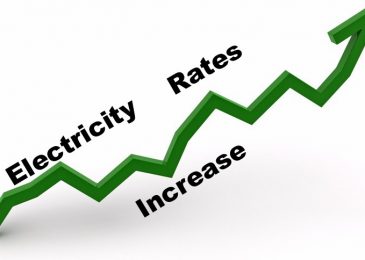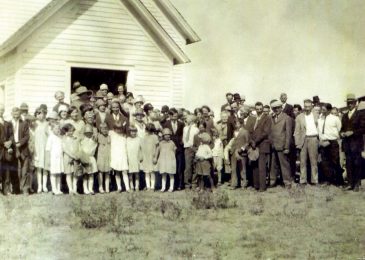The daily CattleFax report just popped into my email and was not the positive news one would like.
By KRIS RINGWALL
NDSU Extension
The daily CattleFax report just popped into my email and was not the positive news one would like.
The Oct. 10 values were $98.87 for live cattle and $124.65 for feeder cattle. I had a simple thought: “What, two-digit live-cattle prices!” My second thought: “We have got to get costs down!”
For someone trained in genetics, my mind was trying to make sense of a $1.30 cost per pound of weaned calf per exposed cow. This was not good because this was my conclusion of costs when gross margins per cow were exceeding $1,000 in many beef operations. Prior to this thought, I was thinking of what would happen if gross margins dropped to $600 and direct and overhead expenses were $650 per cow.
Earlier this fall, I expected a gross margin of $700 and expenses of $650; this was a positive thought based on the new market prices. Now I am thinking I should go back to my original thought, and check the savings account.
Beef production management is a swing from market highs to market lows and back and forth. Sometimes the swing goes really high; sometimes it moves very little. But swing it does, and beef production swings with it. Of course, we have those who want to find someone to blame, but finding blame does not stop the swing.
I can remember one spring a pen of market heifers that the Dickinson Research Extension Center owned, and every day the cattle were worth less, and the discussions of breakeven were long gone. Finally, the cattle were sold and the center took a significant loss on the cattle.
Through the years, that has been the exception, but exceptions are still real. We all should learn the supply-and-demand principle very early. If I have something that everyone else has and the demand is small, my asking price will be low. If I have what few people have, and the product is desirable, my asking price will be higher. And I actually may have the ability to ask for a price, although I cannot say I ever have had that option.
The movement up or down in beef prices results in many news story indicating the consequences. The challenge for beef producers is to develop a production system in which expenses are underneath the ever-changing swinging commodity prices while learning to utilize the appropriate financial tools to help minimize risk.
This balance of risk protection as investments mount versus limiting investment by decreasing expenses is a fundamental split in the beef world. For producers, balancing these two principles is the challenge. At what point do producers quit putting money into the trough versus trying to make the trough smaller?
Today, I am going to go down the hard path of controlling expenses. I suggest producers also visit with those who have much more expertise in managing risk.
At the center, our yearly response to the cattle business has been to look at production systems that will lower expenses and keep us under the swings.
Expenses can be controlled, and the first step to lowering costs is to know what the costs are in the first place. Unfortunately, despite many efforts, many beef producers do not have an adequate handle on expenses.






